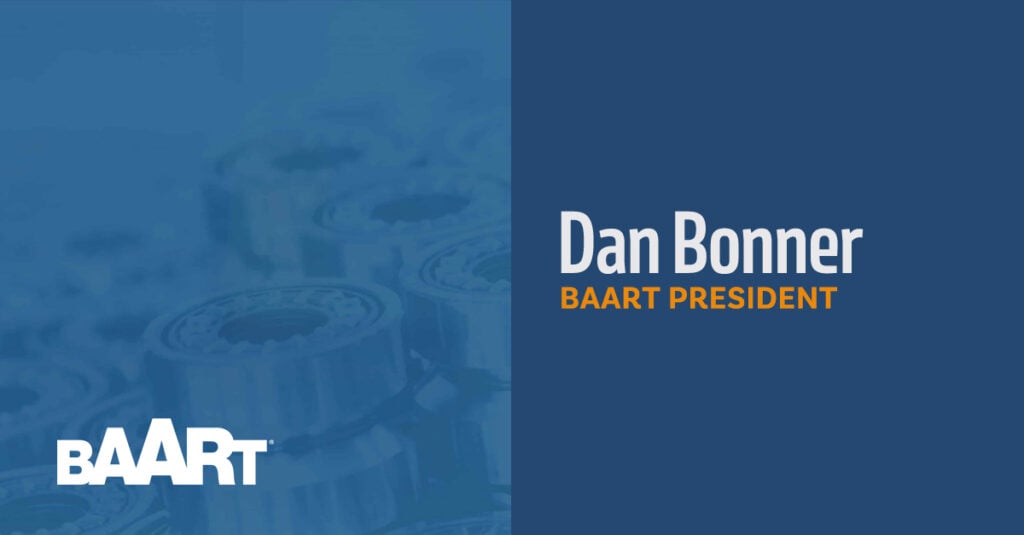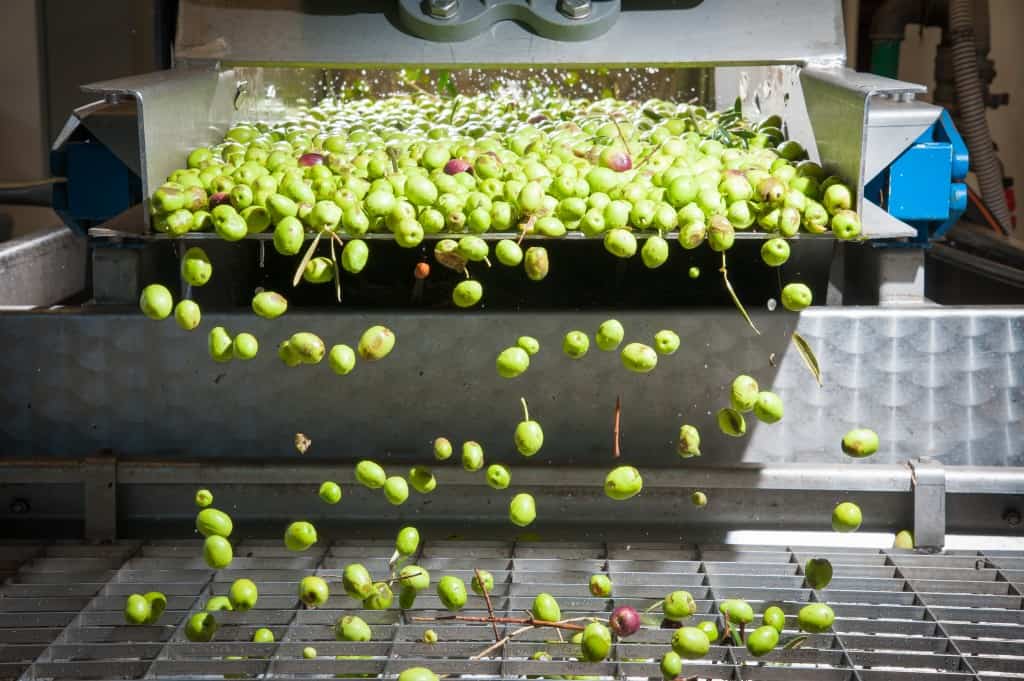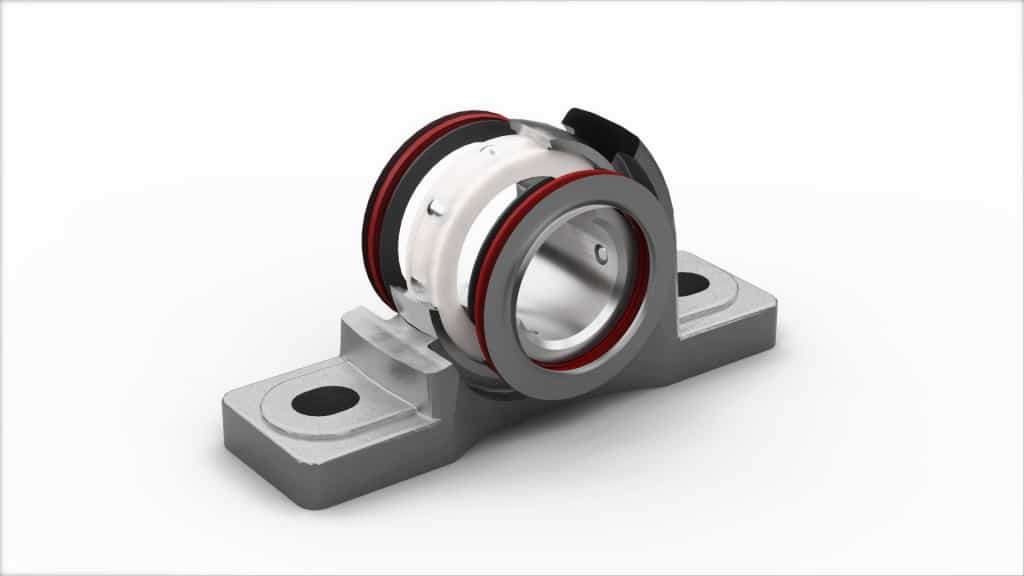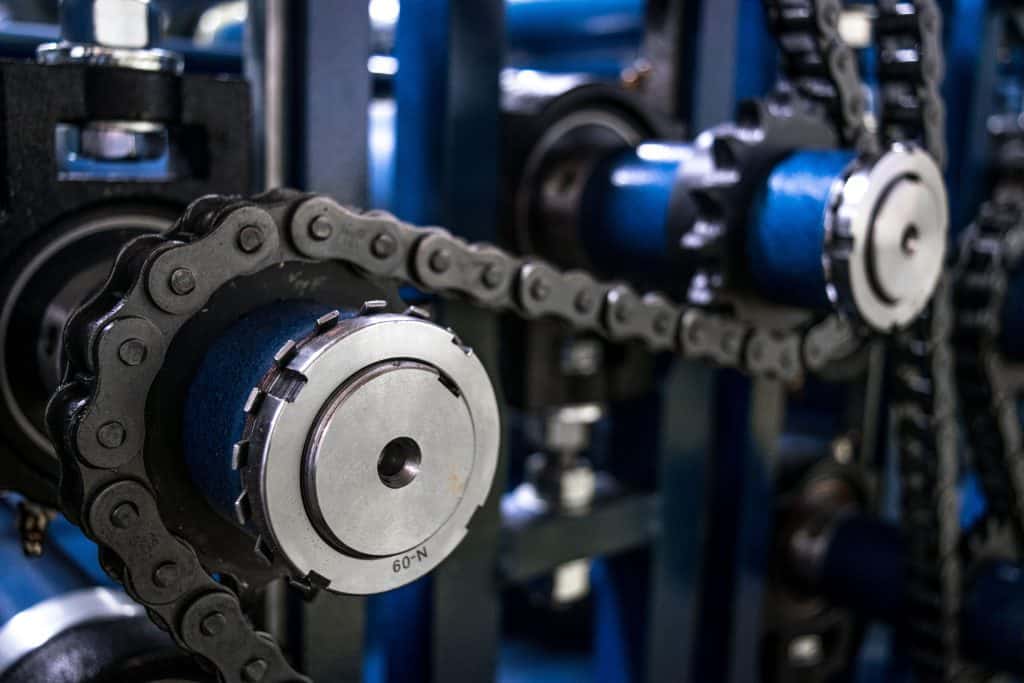When Should I Use Solid Lubrication in My Bearing?
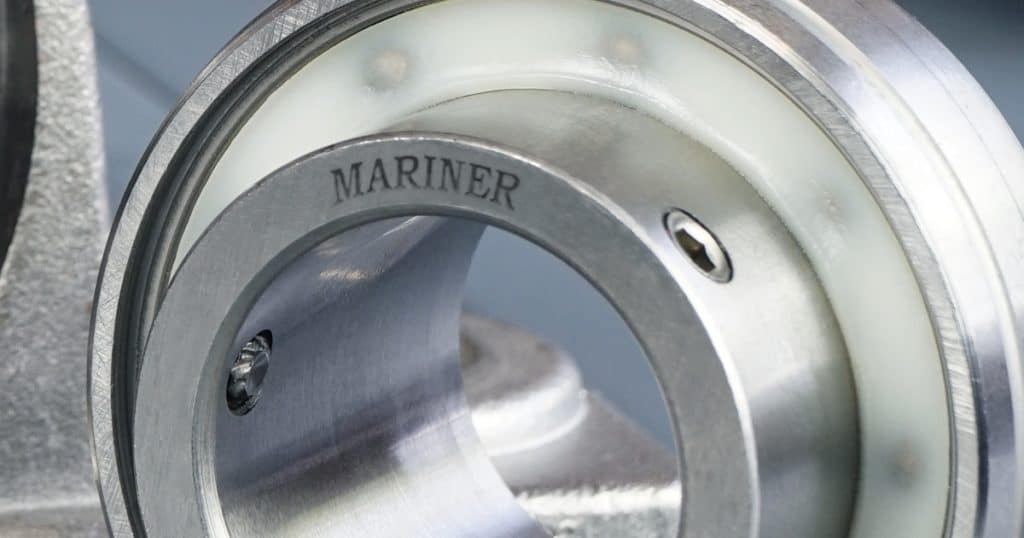
The process of manually lubricating bearings has remained relatively unchanged since the adoption of grease. Grease has, fortunately, come a long way from the animal fats we once used. Today, bearing applications are starting to use different delivery methods and modern technology in the form of lubrication systems or a solid lubricant. Systems that rely on grease haven’t eliminated the leading causes of failure.
Grease remains common: 90% of bearing applications rely on grease. Unfortunately, lubrication-related issues cause approximately 80% of premature bearing failures 1. These two figures contribute to the fact that only about 10% of bearings reach their calculated lifespan. This highlights a glaring issue with the status quo that something so essential to the proper function of a bearing is riddled with difficult-to-control variables.

There is a significant improvement in bearing lubrication that eliminates grease. Solid lubrication, or permanent lubrication, is a radical departure from the processes we’ve become used to. An oil-saturated polymer eliminates the need for relubrication, containing a lifetime supply of oil within the bearing.
Why solid lubrication makes sense
Lubricating your bearing is non-negotiable. Without lubrication, moving parts fail. When it comes to bearings, rolling elements require an oil film to separate them from the races. Without the oil film aiding movement, metal on metal contact causes rapid wear, inevitably leading to failure. While the necessary inclusion of a lubricant will always remain, its delivery to the bearing has changed.
An ideal grease fill
The process of greasing a bearing is full of variables, and there are many reasons for this. It’s impossible to know the quantity or quality of grease within a mounted bearing because the seals or shields obstruct the view. These seals and shields should not be removed. Otherwise, you’re subjecting the rolling elements to contamination. Mounted bearings operate best with a ⅓ grease fill of their internal cavity. That fill is a perpetual guessing game.
Maintaining this grease fill is continuous. The process takes time and effort, but occasionally, greasing a bearing can be dangerous. Not every bearing is easily accessed. While the inclusion of automatic or remote lubrication systems is available, these neither eliminate the issues with grease nor entirely remove the human element. Both greased bearings and lubrication systems require maintenance.
Overgreasing and undergreasing
Overgreasing is a common cause of bearing failure. Blown seals are a direct pathway for contamination. Overgreasing also causes churning, which forces rolling elements to push through the grease, rather than roll through it. Churning will cause:
- An increase in operating temperatures,
- A loss of application efficiency,
- And a drastic reduction in the life of the grease.
Undergreasing leaves the rolling elements and races of a bearing underprotected. There will be insufficient oil-film separation, leading to metal-on-metal contact. This will cause rapid wear and an increase in temperature, which grease would usually combat.
Grease and contamination
Applying grease through a grease gun has the potential to introduce particulates into the bearing. Anything foreign within grease will circulate during bearing operation and inevitably damage the rolling elements, which will compound and lead to failure. Even with the utmost diligence, this possibility exists as long as we use grease.
Industries working around heavy contamination – imagine the punishment bearings get in sand and gravel plants – stand to gain a lot from solid lubrication. Once a contaminant enters a bearing cavity, grease cannot keep it away from rolling elements. Many industries are battling time. Inevitably small particles will work themselves into the interior of a greased bearing.
Grease incompatibilities
Grease incompatibility is a disaster. When adding an incompatible grease to a bearing, the oil can separate from the thickener, reducing the lubricating protections. At worst, the bearing can bleed oil, and the grease will leave behind salt-like deposits, which is like adding bits of sand to your grease.
Washdown volatility
Specific industries have more difficulty maintaining a properly lubricated bearing than others. Food processing applications, or those involving washdowns, frequently experience wash-out, which is the washing away of lubrication. High-pressure washdowns can occasionally damage a bearing seal, which is another opportunity for contamination ingress.
Solid lubrication – your problem-solver
Would you believe that a single solution can address all of the above problems? Solid lubrication is a radical change to the way we lubricate bearings, with an impressive list of benefits.

Solid lubrication is an oil-saturated polymer material. The polymer is molded into the interior of a bearing, filling all internal space without impeding the rolling elements. Micro-pores as small as one ten-thousandth of an inch within the polymer release oil during operation, reabsorbing the oil when at rest.
Solid lubrication contains as much as four times the amount of base oil found in a greased bearing. But because the oil within the polymer is a static quantity and is always available, several issues are eliminated:
- The need for an ideal fill quantity,
- Over and under-greasing,
- Grease incompatibilities,
- And manual relubrication.
Solid lubricant polymers act as a secondary seal of sorts. If a contaminant manages to work its way past the seal system, the polymer halts the progress because it is solid. Contamination can no longer get close to the rolling path of the bearing. The structure of the polymer prevents particles from circulating in the interior, preventing damage.
Solid lubrication also removes the human element of the lubrication process. Optimal bearing function is entirely reliant on the user to get the lubrication process right. Gone are the situations where employees need to service a bearing in potentially hazardous locations. Bearings with this technology are greaseless, yet at the same time, are lubricated for life.
So when should we use solid lubrication?
For many basic applications, using a standard greased bearing is entirely acceptable. Precautions and best-practices can result in a well-running bearing that sees the entirety of its calculated lifespan. However, solid lubrication can free maintenance technicians to focus on more preventative work. In short, it can eliminate an issue that has been causing premature bearing failures.
If bearings are continually experiencing problems or premature failure, it may be time to reevaluate them. It can be impossible to change the circumstances of an application, while it is much easier to employ solutions to combat them. Take, for instance, bearings that become inundated with debris and particulates: you can’t take the sand and gravel out of a sand and gravel plant. The solution is to deny the opportunity to cause damage.
Food-grade applications requiring washdowns to clean surrounding areas is another example. These applications must remain clean to maintain a safe environment, so washdowns must occur. By employing a method of lubrication that cannot wash away or that lends strength to the seal for resisting damage, you’ve eliminated potential failures.
If you can consistently expect difficulties during bearing operation, it might be better to get ahead of the problem, rather than waiting for problems to occur. Sometimes the simple solutions are the most effective.

Depending on your circumstances, a switch to solid lubrication can be hugely beneficial for an application.
While there are benefits to be had in nearly every circumstance, solid lubrication is a solution for some of the most significant issues in bearing performance. Their use need not be limited to just a few applications, industries, or problems. Make problem-solving a forethought, not an afterthought.
Interested to see how solid lubrication can benefit your specific application? Explore the Lubrilife solution.
1 Radu, Ciprian. The Most Common Causes of Bearing Failure and the Importance of Bearing Lubrication. 2010.

- Save money while protecting your reputation for quality.
- Reduce warranty claims with fool-proof lubrication.
- Use lubrication to improve more than bearing life.

